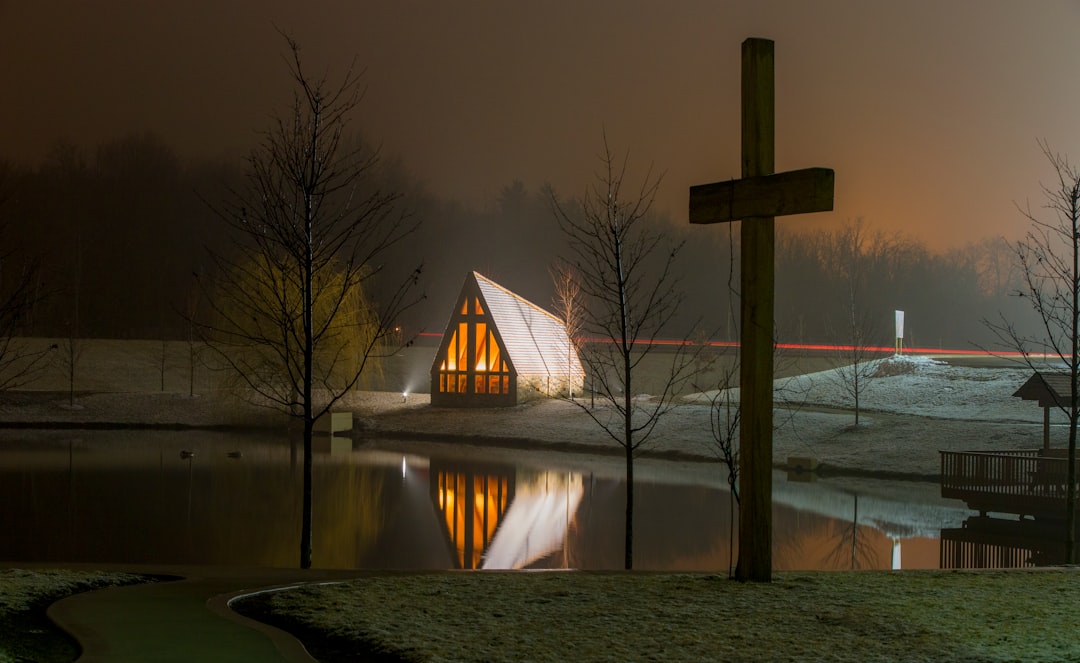The history and culture of the ancient Celts has captivated the hearts and minds of Europeans for generations. Their unique style of architecture, with its intricate knotwork, megalithic monuments, and fusion of classical and Celtic elements, reflects their connection to nature and spirituality. This article takes a comprehensive look at Celtic architecture, from its origins to its decline and legacy, examining the many influences and developments that shaped this distinctive style. Dive into this rich culture and learn the fascinating story behind Celtic architecture – where it began, how it evolved, and the lasting impact it has had on Europe.
Celtic Architecture: A Comprehensive Look at Its Origins and Influences
Celtic architecture is a fascinating and rich part of European history. It reflects the unique traditions, beliefs, and skills of the ancient Celtic peoples. This article provides a comprehensive exploration of Celtic architecture, delving into its origins and the various influences that helped shape this distinctive style.
Ancient Celtic Culture and its Impact on Architecture
The ancient Celts were a group of diverse tribes that inhabited large parts of Europe between the Iron Age and the Roman Empire. Their culture was deeply rooted in nature, spirituality, and a close connection to the land. This profound connection with nature played a significant role in shaping their architecture.
Megalithic Monuments: A Testament to Celtic Engineering
Megalithic monuments, such as Stonehenge in England and Newgrange in Ireland, are among the most iconic examples of Celtic architecture. These massive structures acted as ceremonial sites, astronomical observatories, or burial grounds. They showcase the advanced engineering knowledge and precise astronomical understanding of the Celts.
Influences from Classical Architecture
During the Roman Empire's expansion, Celtic territories came into contact with the classical architectural style. This encounter resulted in a fusion of Celtic and classical elements in some areas. The influence of Roman architecture can be seen in the design of buildings like baths, villas, and temples in Celtic regions.
Celtic Knotwork and Spiral Motifs
One of the most distinctive features of Celtic architecture is the intricate knotwork and spiral motifs often seen in their designs. These decorative elements symbolized concepts like eternity, interconnectedness, and the cyclical nature of life. They were skillfully incorporated into various architectural elements, including stonework, metalwork, and woodcarving.
Stone Forts and Hillforts: Defense and Community
Stone forts and hillforts were essential architectural structures in Celtic society. These fortified settlements provided protection and served as centers of communal life. They consisted of circular or rectangular enclosures with defensive walls made of stone or earthworks. Interesting examples include Dun Aonghasa in Ireland and Bibracte in Gaul.
Celtic Christian Architecture: A Blend of Styles
With the introduction of Christianity to the Celtic lands, a new architectural language evolved. Celtic Christians fused their traditional artistic style with Christian symbols and motifs, creating a unique hybrid style known as Insular art. This style is evident in the intricate stone carvings and illuminated manuscripts, such as the Lindisfarne Gospels.
Decline and Legacy
As the Roman Empire expanded and Christianity became the dominant religion, Celtic architecture gradually declined. However, its influence can still be seen in the architectural heritage of Celtic regions today. From medieval castles and churches to modern-day structures, the echoes of Celtic architectural principles continue to inspire and captivate.
In conclusion, Celtic architecture is a testament to the ingenuity, skill, and cultural identity of the ancient Celts. Its origins in nature, engineering marvels, classical influences, intricate knotwork, defensive structures, and Christian adaptations all contribute to its enduring legacy. Exploring Celtic architecture provides valuable insights into the rich history and creativity of this remarkable civilization.
To keep learning more about Celtic architecture, be sure to follow us on Pinterest @architectureadrenaline and Instagram @architectureadrenaline. In addition, visit our website for more great content related to ancient Celtic culture and megalithic monuments, spiral motifs, hillforts, and the unique Insular art style.






